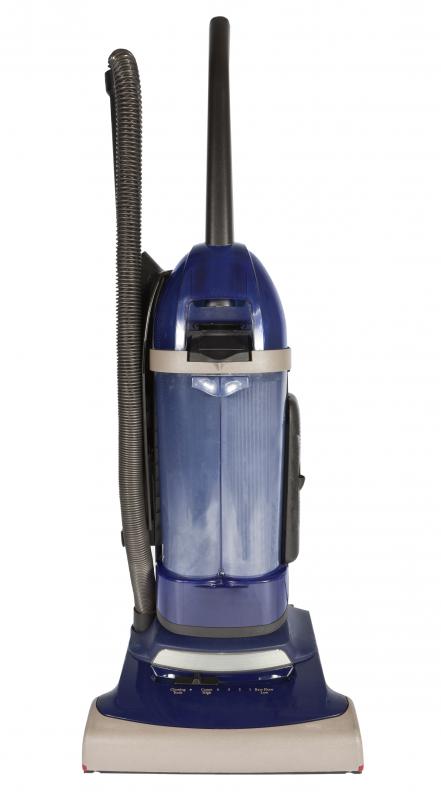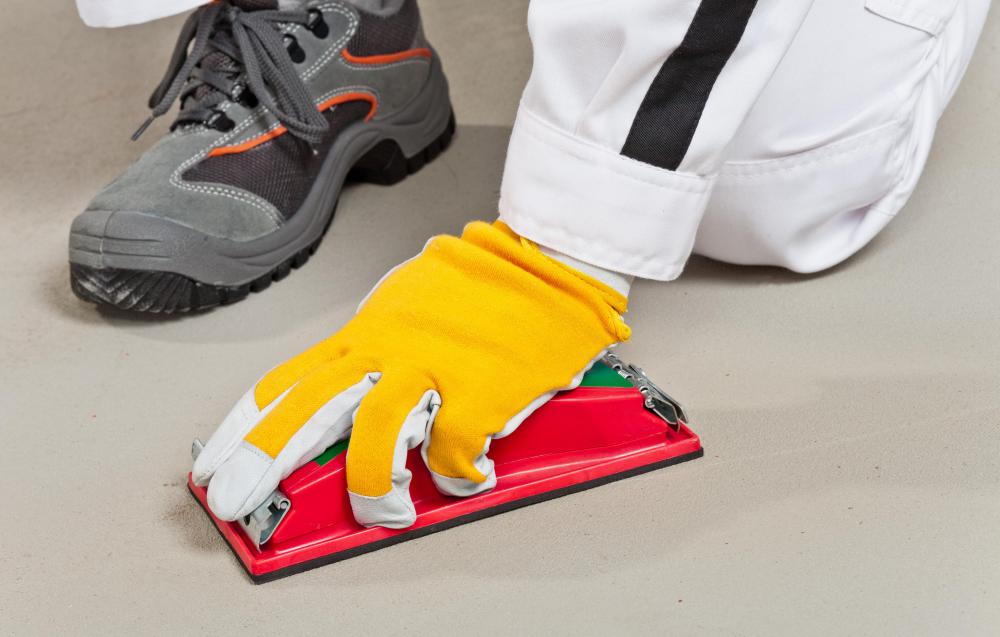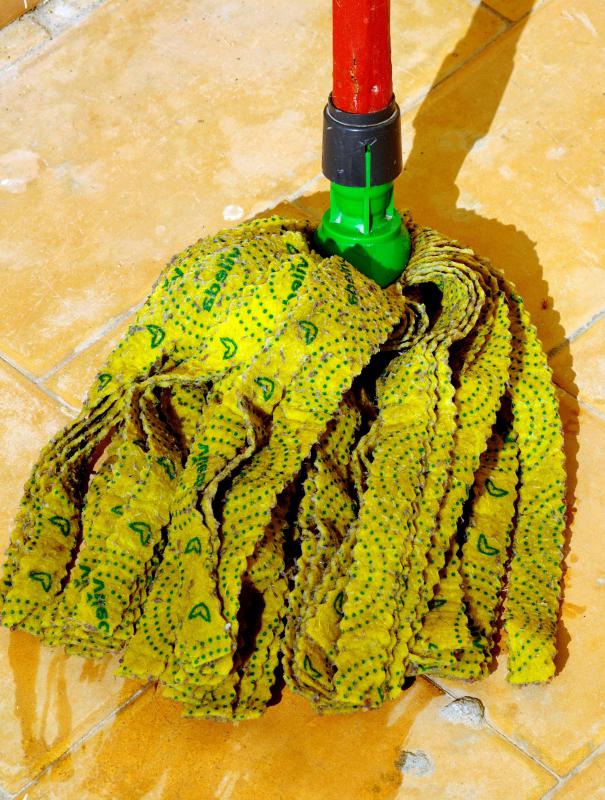At HomeQuestionsAnswered, we're committed to delivering accurate, trustworthy information. Our expert-authored content is rigorously fact-checked and sourced from credible authorities. Discover how we uphold the highest standards in providing you with reliable knowledge.
What are the Best Ways to Clean up Sander Dust?
Sander dust can fall to the floor and collect on furniture, walls, and room accessories. Whether hand sanding or machine sanding, this dust can be difficult to clean. If preparation failed or no plastic was laid out to catch the dust, cleaning can take multiple steps and possibly days of sweeping, vacuuming, and dusting. It is important to note that sander dust from large sanding jobs can collect in home air and furnace filters. These filters may need to be changed daily until the sanding job is complete.
The first line of defense against dust accumulation is preparation. Removing all unneeded items from a room before the sanding job is started will reduce the number of surfaces requiring cleanup and dust removal. Large furniture pieces and floors can be covered with plastic sheeting to speed up the cleaning process.

When removing dust from fabric, its label will give specific instructions regarding use of liquid cleaners to remove such soils and stains. The bulk of the dust can usually be removed with a vacuum cleaner. Filters on the vacuum may need to be cleaned several times to remove fine dust. If fine particles of sander dust are left on the item after vacuuming, the fabric can be machine washed, if advised on the label. Larger fabric pieces, like furniture, may require professional cleaning.

Cleaning sander dust from flooring may involve a three-step process. It may begin with sweeping the bulk of the dust into large piles and disposing of the debris in trash bags. Once the large portion has been removed, a vacuum cleaner can be used to remove the remaining sander dust. The final step involves rinsing the floor with a mop, and may involve several rinses to remove the finest dust particles. Walls covered with sander dust can be cleaned with the same method.

Sweeping compounds can also be used to remove dust from floors. These can be purchased with a sand base or without. The sand-based sweeping compound should only be used on unfinished floors, to prevent scratching. The sandless sweeping compound can be used on finished floors to contain dust for easy removal. Sweeping compound is brightly colored as a visual aid.

There are dustless sanders, vacuum sanders and sander tools available to reduce the amount of resulting dust on floors, walls, and fabrics. While these tools may not eliminate the need for cleaning after sanding, they should reduce the volume of dust. Opening windows and doors to the outside during dust cleanup should be avoided as the air flow could spread the dust beyond the central location.
AS FEATURED ON:
AS FEATURED ON:















Discussion Comments
Not an expert, trying to learn but I don't think it would be a good idea to mop a freshly sanded floor.
@feruze-- I use a drywall filter bag with my vacuum and it works wonders. Vacuums are great until they get clogged with all the sander dust, rip and leak everywhere. I once spent two hours vacuuming and then while trying to unclog the vacuum, released all the dust everywhere. I was so frustrated!
I'm sure the filter you described works well too but I think drywall filter bags are cheaper and they hold a lot of sander dust.
The other thing I did last time which worked great was to use a finishing sander primer on the walls after sweeping and wiping them. The primer stuck the remaining dust particles to the wall. And when the dust from the floor got on the walls again, it made it so much easier to clean up.
@simrin-- I agree, vacuum is the best way to go, unless you have a dustless sander in which case sweeping and mopping might be enough.
Did you know there is something called a water filter to be used with vacuums when cleaning up sander dust?
It sort of looks like a bucket. You add water to the bucket and it has one hole where one end of the vacuum hose goes in and another where it comes out. Basically, the sander dust goes through this water filter and gets stuck in the water and doesn't enter your vacuum. So you don't have to clean the vacuum and there is no risk of ruining the motor. You just clean out the bucket with the dust and water in it.
My brother in law used one and it made the whole clean up process so much easier. Water is always a good idea when cleaning up sander dust because it keeps it in place. When it's dry, even if there is slight air, you can't manage it and the sand gets everywhere.
Several years ago, we had two rooms of the house dry-walled. I cleaned up the floor by vacuuming followed by mopping like the article suggested. My vacuum didn't really work for the walls, so I chose to wipe down the walls with a wet sponge instead.
It did take a long time, I had to vacuum through multiple times. Cleaning out the vacuum is an issue too. But you have to do it otherwise the sander dust can ruin the motor of the vacuum. And cleaning up a whole room's worth of dust is not easy without a vacuum.
If anyone's getting ready to clean up sometime soon, make sure you have backup filters for your vacuum. Or if it's a washable one, make sure to clean and wash after every use.
Post your comments